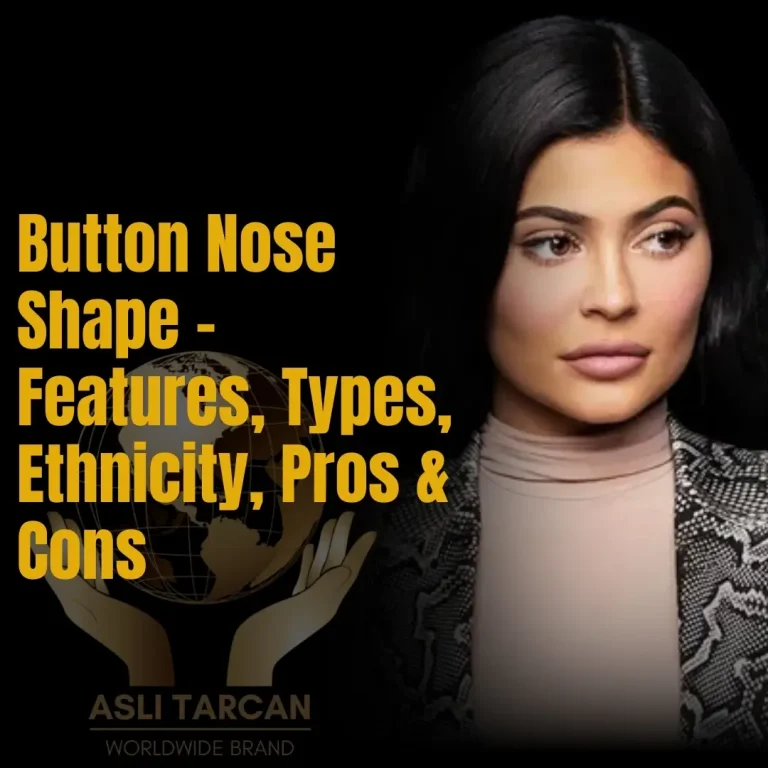Types of Dark Circles and How to Treat Each One
Dark circles are common these days due to a bad diet, lack of sleep, overuse of screens, and the consumption of unhealthy drinks. However, what people don’t know is that there are types of dark circles that have different treatments.
If you don’t know the type, you may choose the wrong treatment, which can cause unintended harm
Therefore, in this post, we’ll introduce you to all the types of dark circles and how to treat each one. This will enable you to precisely select a treatment required for the type of under-eye shadow you’re struggling with.
Types Of Dark Circles And How To Treat Each One
Visually, you may have found all the periocular discolorations the same and may have tried the same treatments for all. But they have differences in appearance and also in the way they’re treated.
Brown Dark Circles
Brown dark circles are also called pigmented dark circles. They’re usually caused by excess melanin (hyperpigmentation) that can result from dermatitis, frequent rubbing, post-inflammation, and also allergies.
These types of under-eye discolorations are usually more visible on dark skin tones, and they may also be hereditary.

Treatment
This is how to treat the pigmented dark circles:
- Start applying sunscreen around the eyes when you go out. It prevents the circles from worsening.
- Don’t rub or tug the delicate skin.
- When you remove makeup, do so gently so that you don’t put too much pressure on the skin.
- If allergies or dermatitis caused the circles, then seek treatment.
- To calm the irritation or the itchiness in the circles, use cool compresses.
Black Dark Circles
Black dark circles come into the category of structural dark circles, and they’re usually caused by the loss of collagen and skin elasticity that could be due to age or any diseases. Also, this issue can happen due to fat accumulation under the eyes.
These periocular discolourations are somewhat distinct from other types, as they often appear shadowed or hollow, which is why they’re also called structural circles.

Treatment
- Use broad-spectrum sunscreen to protect your skin.
- Do anti-ageing care using things like retinol, peptides, or firming creams.
- Focus on a healthy diet and exercise.
- Follow a consistent skincare routine to restore lost skin vitality.
Blue Dark Circles
The dark blue circles are part of the vascular dark circles type. Their main causes usually include poor circulation, visible vessels under the thin skin, stress, smoking, lack of sleep, and dehydration.
Consuming alcohol or spicy or salty foods, or long screen time, can worsen these under-eye shadows. Sometimes, these circles also point to serious underlying issues such as anaemia, kidney, or liver problems.

Treatment
- Try to sleep 7 to 8 hours a day.
- Drink more water and eat a balanced, nutritious diet.
- Avoid alcohol, salt, and smoking.
- Massage the circles gently and apply a warm compress to boost the circulation.
- Take time to rest your eyes away from screens.
See Also: How to Get Rid of Sunken Eyes
Hereditary Dark Circles
The hereditary under-eye shadows come in various colors, such as brown, blue, or black, depending on their causes. They can be present from childhood or early life. They’re often genetic and passed from parents or grandparents.
They’re a mix of pigmentation, vascular, or structural factors. They’re the type of under-eye discoloration that is the most difficult to treat.

Treatment
- Use sunscreen, boost the circulation using a cool compress, and also follow an anti-ageing care.
- Adopt healthy habits focusing on a balanced diet, sleeping 7 to 8 hours a day, and staying hydrated.
- You may also require taking the advanced treatments such as fillers, lasers, or PRP.
- To get long-term improvement, you need to stay consistent with a healthy lifestyle and take the treatment.
See Also: How To Fix Droopy Eyelids Instantly?

Asli Tarcan Clinic: Expert Periocular Aesthetic Solutions
The dark circles make your eyes look tired, hollow, and also make you look significantly older than you actually are. They could be due to stress, lack of sleep, overuse of screens, and a poor lifestyle.
There are different types of dark circles with different treatments, such as brown, black, blue, and hereditary. Brown dark circles come from pigmentation or rubbing and can be treated with sunscreen and gentle care.
Black dark circles are caused by skin sagging or deep tear troughs and improve with anti-ageing creams and healthy habits.
Blue dark circles result from poor circulation or stress and respond to sleep, hydration, and massage. The last type is the hereditary dark circles, which are genetic and harder to treat, but can benefit from consistent care and advanced treatments like fillers or lasers.
For permanent under-eye shadow removal, contact Asli Tarcan Clinic for advanced blepharoplasty and brow lift surgery. Contact us today.

This article is medically reviewed by Ophthalmologist Dr. Mehmet
See Our Doctors & Surgeons
How do I know what kind of dark circles I have?
Notice if the darkness moves when you stretch the skin, lightens, or remains unchanged, and consider if it runs in your family.
How to know if dark circles are blue or purple?
They usually show under thin skin, may reveal veins, and often get worse when you’re tired or stressed.
How do I correct my periocular discoloration?
Focus on the cause, pigmented ones respond to brightening products, sagging needs anti-ageing care, and hollow circles often require professional treatments.






